After every birding trip there is always one bird that occupies our thoughts after we return. For me, it was the Yellow-billed Blue Magpie
As a voracious reader of Tintin, my first impression of a magpie was a rather plain, pied bird with a needle-like beak (thanks to the illustrations). It would utter “chak chak” cries and would pinch emeralds and other shiny stuff from a certain Milanese singer who was a little hard on the eardrums. But the first real run-in with a magpie of any kind happened in the Himalaya of Uttarakhand decades later, in 2010, when a long-tailed bird flew across the road and disappeared into a well-covered tree. All I managed to see or photograph was the long tail, as the rest of it had disappeared into the canopy.
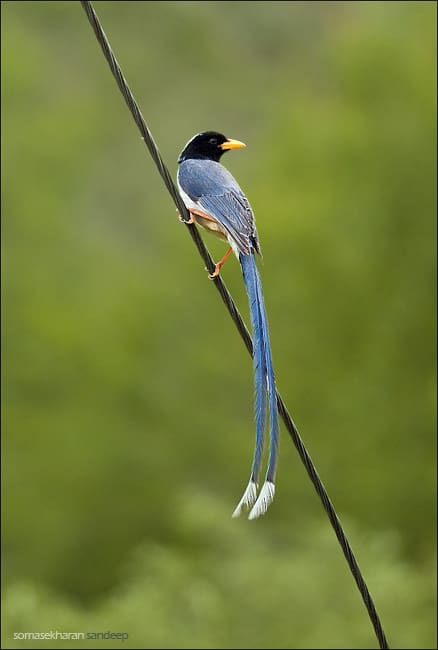
But the tables turned this year, when we went to the Himachal side of the mountains. Yellow-billed blue magpies (Urocissa flavirostris) were all over the place at Ropa, Neuli and Kullu – on trees, on the ground, in the bushes, and along the forest rivers. The atmosphere resounded with their exuberant corvid croaks. They flew about with their long tails trailing like airborne brides in long gowns. In Kullu, we saw one hop about the parapet of a building looking for eatables in the flower pots — a dazzlingly colourful version of the crow.
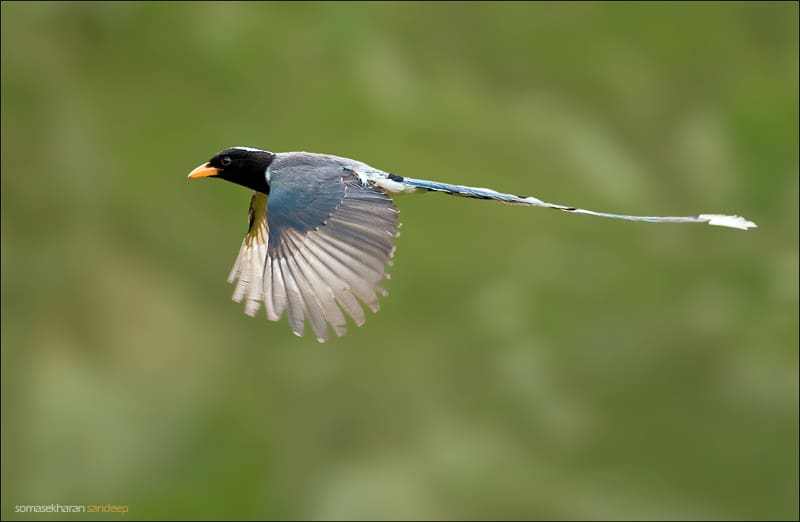
The first thing one would notice when looking at a Yellow-billed Blue Magpie is the bill that contrasts with the black head. If you see one silhouetted against the sun, and dont see the long trailing tail, I would not blame you for letting it pass calling it a crow. But the resemblance more or less stops at the outline. The black head has a crown of white, like a sprinkling of fine, powdered snow. The wings carry a sheen of greyish blue, and the tail, almost double the length of the the bird, has white tips.
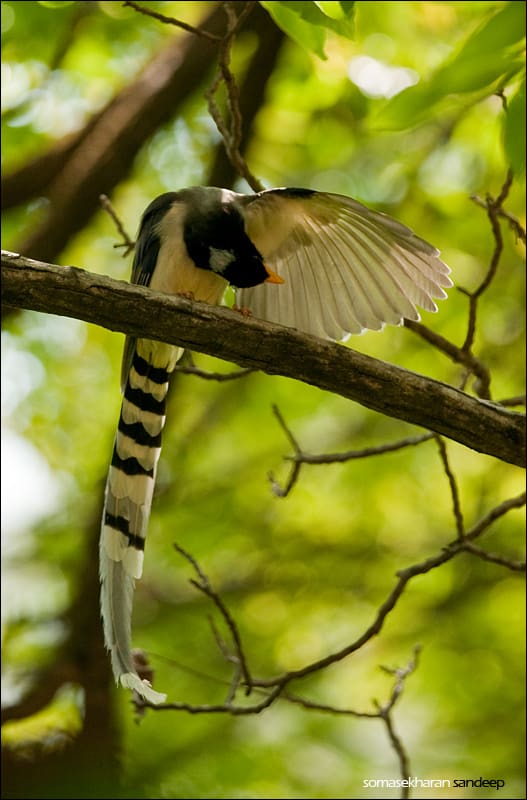
Once in a while, we would spy one on the ground, looking for insects or tiny amphibians on the forest floor. And, like the bride who takes pride in her white gown, the magpie took special care to ensure that its tail didn’t sag and drag along the floor, lest it get soiled.
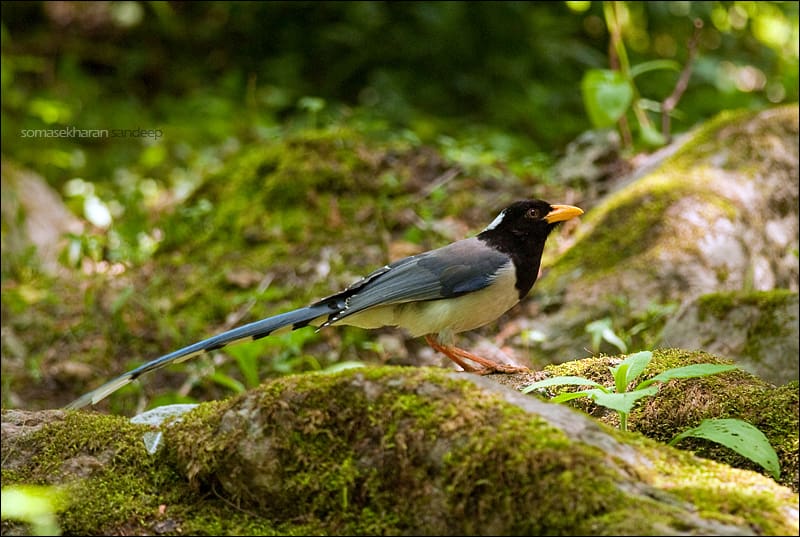
The magpies we saw were pretty gregarious; whenever we saw one, there was at least another one around. On one occasion , as we walked from Ropa to Neuli village, we heard a cacophony from the branches slightly above the ground, caused by the magpies, but moved on noticing nothing. Beej, who stood rooted, was lucky enough to spot a leopard cat, which had prompted the outcry. As we returned, we again heard the cacophony, this time on the other side of the Sainj Nala river, but it turned out to be an attempt to chase off a Rhesus Macaque. A little later, we saw another macaque being attacked by another magpie, without any fear of being caught and squished by an animal so much larger in size.
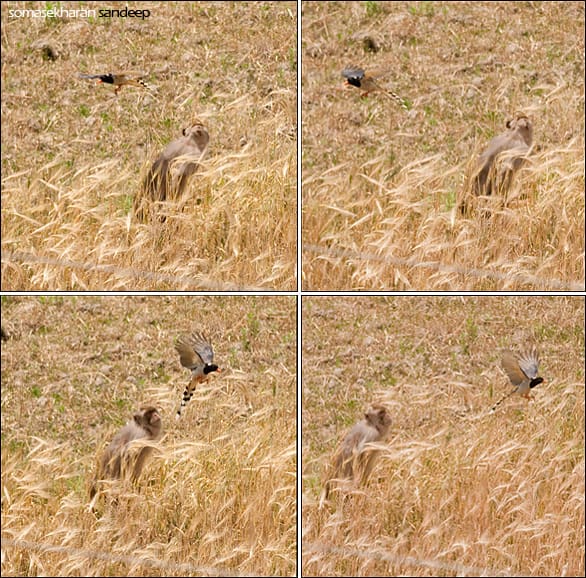
For every trip we make there is always predominantly one bird you keep thinking of after you return. For me, the magpie was it. The elegant and brave-hearted corvid who watched us from the corner of its eyes, pretending not to be interested. And no, we lost nothing to them (not even a pair of shiny nail clippers that Arun carried around).
Except maybe our hearts?

Text and photos: Sandeep Somasekharan
- Costa Rica Diaries – Parting Gifts - May 5, 2024
- Costa Rica Day 6 – Resplendent Quetzal: Part Bird, Part God and Full-Time Economy Driver - April 17, 2024
- Costa Rica Day 5 – Toucan Trees and Wild Dreams Coming True - March 22, 2024

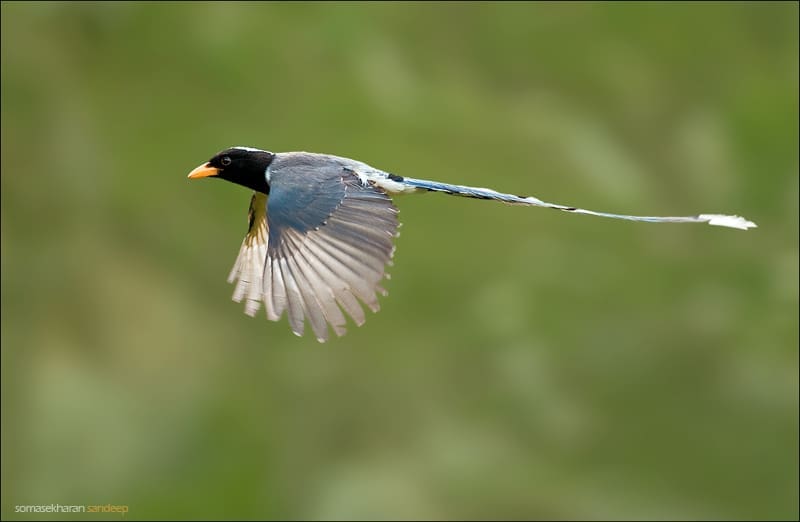
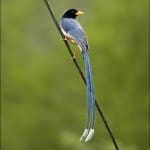
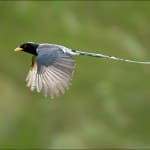
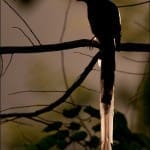
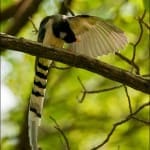
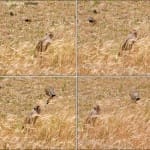


Great, you made it to Kullu! Would love to hear about the pheasants.
Hi Anita,
Sorry we couldn’t reply to you earlier.
We heard the Koklass and saw the Kaleej and the Monal. But no luck with the Western Tragopan.
Thanks for your tip. We looked for it all over the dwarf bamboo thickets.
Bijoy
Hi Anita,
Sorry we couldn’t reply to you earlier.
We heard the Koklass and saw the Kaleej and the Monal. But no luck with the Western Tragopan. Thanks for your tip, though. We looked for it all over the dwarf bamboo thickets.
Bijoy
Brilliant post! Enjoyed reading it every bit…